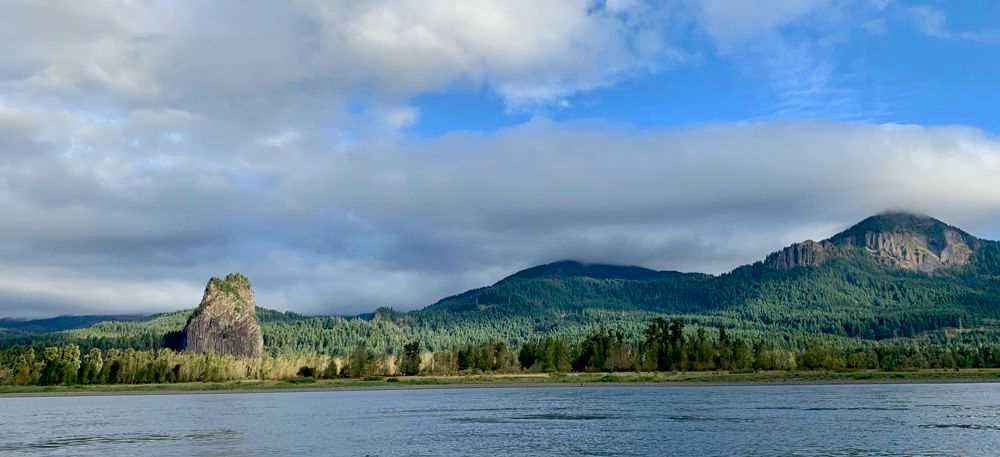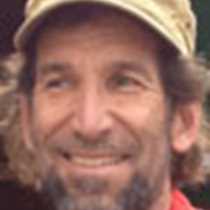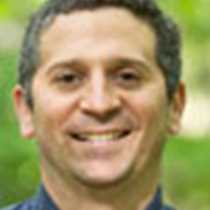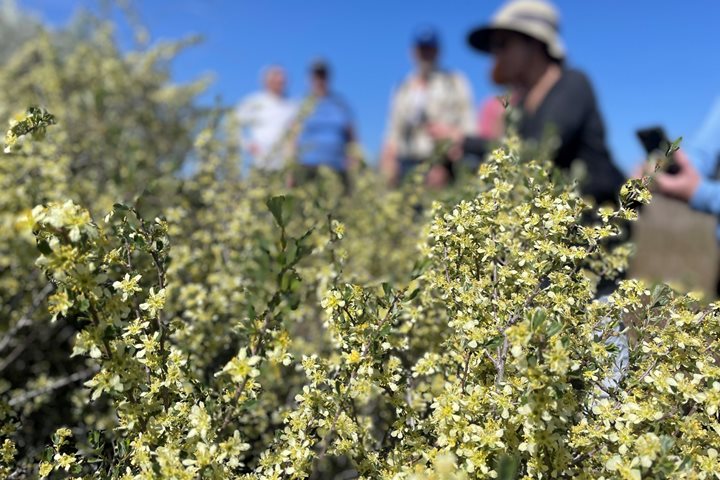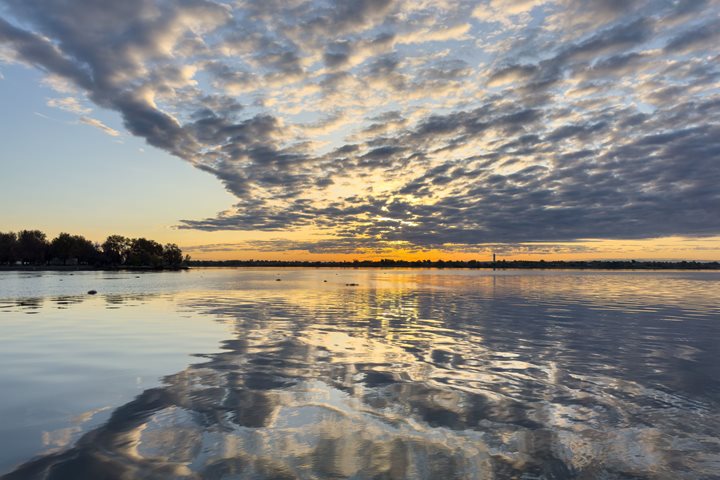We woke this morning to lovely clear skies, a moderate breeze, and a perfect temperature for exploring some of the highlights of the Columbia River Gorge National Scenic Area. We are still anchored in the vicinity of Beacon Rock, the hard basaltic core of an ancient volcano, which stands quiet watch over this section of the gorge. Lewis and Clark camped here on their westward trek, observed that the river level rose and fell on the tidal cycle, and guessed that they must be approaching their final goal, even though it was still more than 140 miles to the Pacific Ocean. After disembarking National Geographic Sea Lion via expedition landing, our first stop was Multnomah Falls – possibly the most scenic, and also most photographed, waterfall in the Pacific Northwest. Accessible from the nearby highway, it was busy, but not overcrowded. We were able to visit the small but fascinating visitor center (and gift shop), and everyone picked a hike to suit their own degree of adventure; some satisfied with the views near the base of the falls, others strolling to the first tier observation bridge, and an energetic group hiking over two miles and a thousand feet in elevation to a top level lookout above the upper falls.
We then stopped at the Bonneville Fish Hatchery, which predates the nearby dam of the same name by nearly thirty years. It was first built in 1909 to supplement stocks for the salmon canning industry that had developed downriver. The original building now is listed on the National Historic Register, and while still a functional facility, is maintained in an idyllic parklike setting. The hatchery produces large numbers of coho and chinook salmon and has been repeatedly expanded in an effort to mitigate the effects of the many dams on the Columbia River system. The Bonneville Dam, built in the 1930s, was one of the first in a large complex to develop hydropower and enhance navigation in the region. Even though efforts were made to reduce negative impacts on the salmon, these dams have played a role in the ten-fold decline in fish numbers seen today. Unfortunately for us, the Bonneville Dam, or more precisely the associated lock, is the barrier to our own upstream migration. We just recently learned that the lock needs an unexpected repair and is closed to all ship traffic. So in the spirit of exploration we have moved to a full contingency plan, with alternative conveyance, for the remainder of our river voyage.
No better way, then, to spend the rest of this day on the comfortable outer decks of the National Geographic Sea Lion, although cruising downriver, rather than up. This gave us a chance to see, in mellow afternoon sunlight, the spectacular lower gorge through which we had passed two nights previously. Ospreys, great blue herons, great egrets, and even a few of the infrequently observed Oregon naturist waders, silently watched as we glided past. Professor Harry Fritz regaled us with “The Truth about Lewis and Clark, Part I,” and for those still awake after another great meal, Aaron Raymond uncovered some of the secrets of great expedition photography. We will spend the night resting at anchor near Vancouver, WA, awaiting the next phase of our journey.

